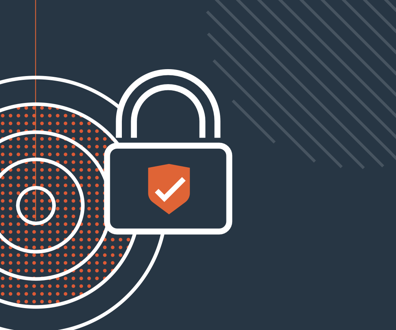Data management a growing challenge for Army
The service is discussing data consolidation for back-office operations and considering whether it should build one megasystem or multiple systems focused on specific functions.
ORLANDO, Fla. -- The Army is discussing how to consolidate data in specific back-office areas, such as logistics, procurement or personnel, and whether it should build one megasystem or multiple systems that each focus on a specific function.
Kevin Carroll, who leads the Army’s Program Executive Office for Enterprise Information Systems, said March 6 that officials are depending on a service-oriented architecture approach to help move and access data.
“We may build a stovepipe system first and then consolidate them later,” Carroll said after speaking here at the Information Processing Interagency Conference, sponsored by the Government Information Technology Executive Conference. “The dilemma we are facing is how large one of these systems could be. The downside of the Army Knowledge Online is it can be too big and too complex. The same thing may happen if we put all these systems together.”
No matter what type of system officials decide to build, the key will be how the Army manages its information.
Carroll said the financial systems consolidation effort, called the General Fund Enterprise Business System (GFEBS), receives information from many of these systems, and it is crucial to fix the data before migrating information.
GFEBS’ first iteration will launch in 2009, and it will be completed by 2012 under the latest plan, Carroll added.
“We still have duplicative databases in personnel, logistics and procurement, and we have just started to integrate them,” he said. “Data in general is a big challenge for us -- the quality, whether data is missing or has errors.”
Beyond cleaning up data, Carroll said the Army needs enforcement mechanisms to ensure that fixed data remains that way and continue to figure out who owns the data.
“It took us a year to figure out which office and who in the office is in charge of the portfolio,” Carroll said. “Now we have the inventory and are reducing and fixing the data.”
Hackers are attacking DOD’s systems to try to capture data, he added. The service is taking the protection of its business systems much more seriously than ever before, Carroll said. The Army is moving toward requiring a biometric along with the Common Access Card to log on to applications.
He expects DOD to sign an enterprise license agreement for data-at-rest encryption software.
NEXT STORY: Spring forward, plan ahead





